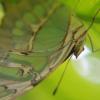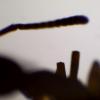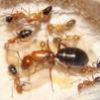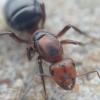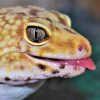Houston, Texas 8/29/17
1. Location: Suburban neighborhood (park/trail) Katy Texas, USA
2. Date of collection (found) : 8/29/17
3. Habitat: Found in cut grass with pesticides, flat plain
4. Length: Not exact but I can compare, bigger than the size of an Solenopsis Minor, about 15 mm or less.
5. Coloration, Hue, Pattern, Texture: Reddish Head, Velvet Thorax, and a bit of black on the gaster.
6. Distinguishing characteristics: 2 petiole nodes, Head shape looks a bit like a Pheidole Major, 2 visible antenne segments.
7. They seem to forage by themselves, very fast and found near Solenopsis invicta nests.
8.Nest Description: Chunks of dirt, nest is very wide with several nest entrances leading into the nest. On the rim of the nest dead Solenopsis invicta corpses everywhere. They tend to nest near suburban buildings where there is cut grass and Solenopsis invicta nests present.

Comparison to Solenopsis invicta minors.

Thanks in advance!
EDIT: I don't know why it shows 2 pictures but when I edit it, it only shows one picture, sorry.
Edited by Spamdy, September 4 2017 - 10:42 AM.


